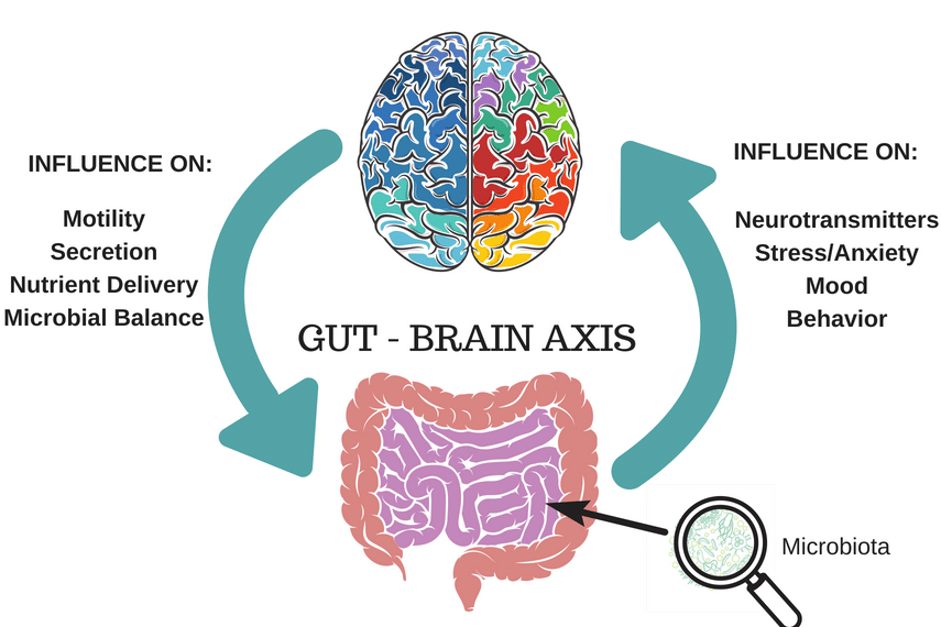ArticlePublished: 15 April 2020The gut–brain axis mediates sugar preferenceHwei-Ee Tan, Alexander C. Sisti, Hao Jin, Martin Vignovich, Miguel Villavicencio, Katherine S. Tsang, Yossef Goffer & Charles S. Zuker Nature volume 580, pages511–516(2020)Cite this article26k Accesses3 Citations758 AltmetricMetricsdetailsAbstractThe taste of sugar is one of the most basic sensory percepts for humans and other animals. Animals can develop a strong preference for sugar even if they lack sweet taste receptors, indicating a mechanism independent of taste1,2,3. Here we examined the neural basis for sugar preference and demonstrate that a population of neurons in the vagal ganglia and brainstem are activated via the gut–brain axis to create preference for sugar. These neurons are stimulated in response to sugar but not artificial sweeteners, and are activated by direct delivery of sugar to the gut. Using functional imaging we monitored activity of the gut–brain axis, and identified the vagal neurons activated by intestinal delivery of glucose. Next, we engineered mice in which synaptic activity in this gut-to-brain circuit was genetically silenced, and prevented the development of behavioural preference for sugar. Moreover, we show that co-opting this circuit by chemogenetic activation can create preferences to otherwise less-preferred stimuli. Together, these findings reveal a gut-to-brain post-ingestive sugar-sensing pathway critical for the development of sugar preference. In addition, they explain the neural basis for differences in the behavioural effects of sweeteners versus sugar, and uncover an essential circuit underlying the highly appetitive effects of sugar.
Quelle: The gut–brain axis mediates sugar preference | Nature

